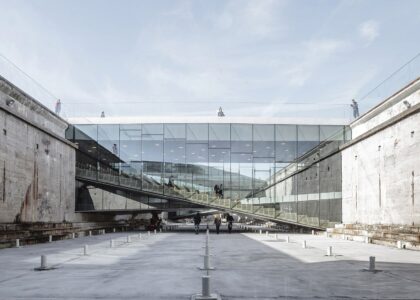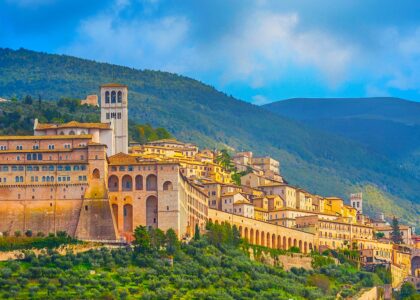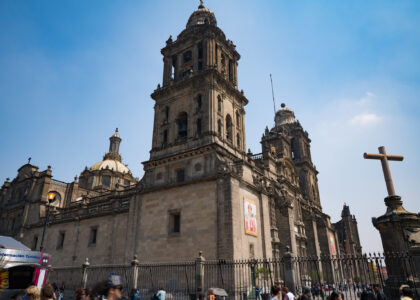Explore the Majestic Fushimi Inari Taisha:
One of the most iconic landmarks in Japan, Fushimi Inari Taisha is a must-visit. Located at the base of Mount Inari, this Shinto shrine is famous for its thousands of red torii gates that wind their way up the mountain. The mesmerizing path, known as the Senbon Torii (thousand gates), is an unforgettable experience as you walk through the gates, each inscribed with the names of donors. The shrine itself is dedicated to Inari, the Shinto god of rice and agriculture, and features smaller shrines and statues of foxes, considered Inari’s messengers.
The hike to the top of Mount Inari offers breathtaking views of Kyoto and a serene atmosphere that contrasts the busy city below. While the full ascent takes about 2-3 hours, you can choose to explore the lower levels if you’re short on time. Fushimi Inari is especially stunning at sunrise or sunset when the light enhances the beauty of the gates.

Stroll Through the Arashiyama Bamboo Grove:
Another stunning natural wonder in Kyoto is the Arashiyama Bamboo Grove. Located in the western part of the city, this enchanting forest of towering bamboo stalks creates a surreal, almost otherworldly environment. As you walk along the path, the sound of the bamboo swaying in the wind creates a calming, meditative atmosphere.
While the bamboo grove itself is the highlight, the surrounding area offers other attractions like the Tenryu-ji Temple, a UNESCO World Heritage site with beautiful gardens, and the iconic Togetsukyo Bridge, which spans the Katsura River. You can also take a scenic boat ride along the river or visit the Iwatayama Monkey Park for panoramic views of Kyoto and a chance to observe Japanese macaques in their natural habitat.
Visit the Golden Pavilion (Kinkaku-ji):
Kinkaku-ji, or the Golden Pavilion, is one of Kyoto’s most famous landmarks and an absolute must-see. This Zen Buddhist temple is renowned for its stunning golden exterior, which glimmers in the sunlight and reflects beautifully in the surrounding pond. The pavilion itself was originally built in the 14th century as a retirement villa for the shogun Ashikaga Yoshimitsu before being converted into a Zen temple.
The temple is surrounded by meticulously landscaped gardens, and the serene atmosphere invites visitors to reflect and appreciate the delicate balance between nature and architecture. Kinkaku-ji is particularly breathtaking during the autumn when the vibrant colors of the surrounding maple trees create a stunning contrast against the gold of the temple.





